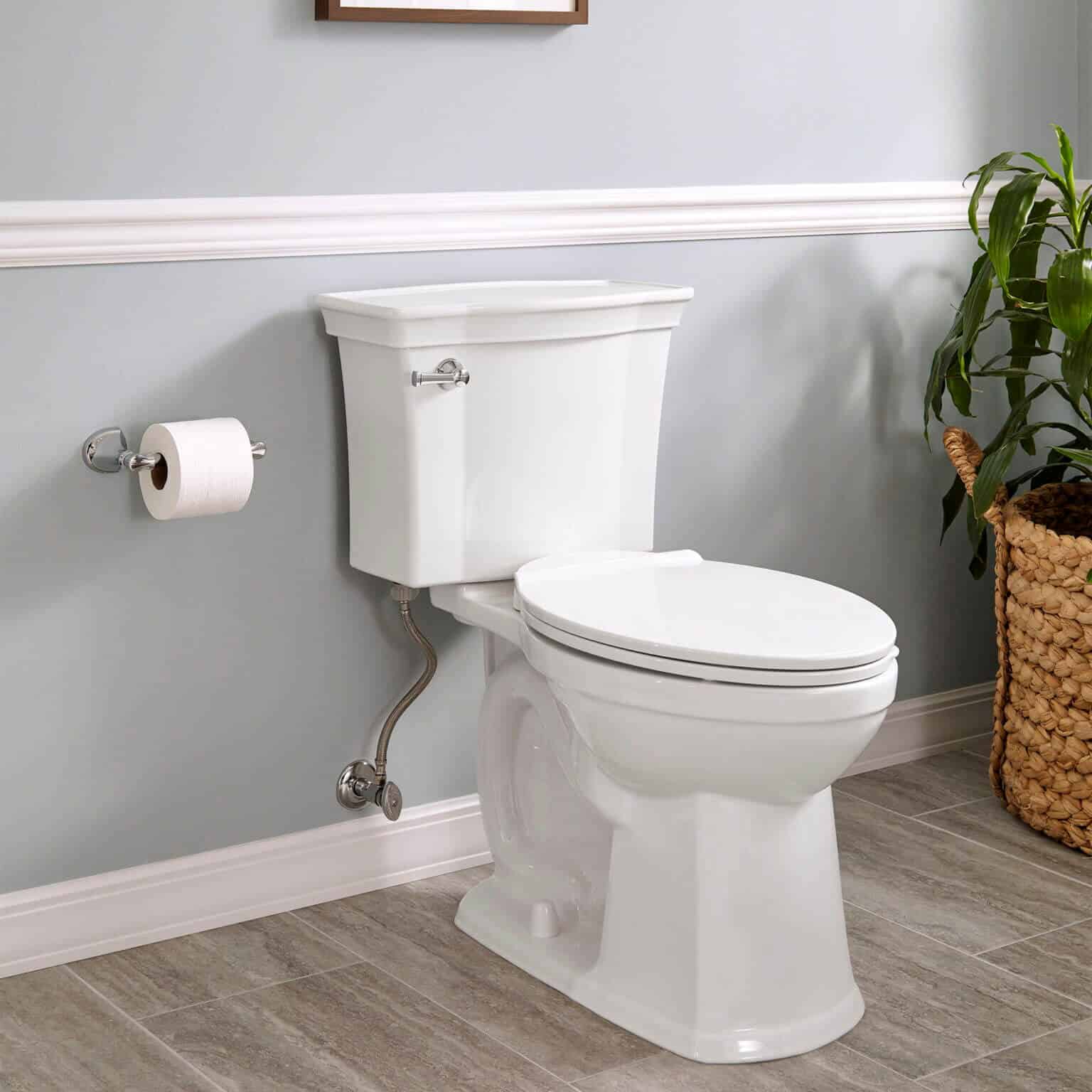
Toilets are an integral part of our daily lives, and we often take them for granted until they stop functioning properly. Whether you're building a new home or remodeling your existing one, one of the key questions that arise is how long does a toilet last. The answer is not as straightforward as you might think and depends on various factors.
The Average Lifespan of a Toilet
The average lifespan of a toilet is around 10-15 years. However, this can vary significantly depending on the quality of the toilet, the frequency of use, and the level of maintenance it receives. A well-made, high-quality toilet can last more than 20 years, while a cheaper, poorly-made toilet may last only a few years.
Factors that Affect the Lifespan of a Toilet
- Quality of Toilet: The quality of the toilet, the materials used, and the manufacturer's reputation can all impact the lifespan of your toilet. High-quality toilets made from durable materials, such as porcelain or ceramic, are more likely to last longer than cheaper, flimsy models.
- 2. Frequency of Use: The frequency of use can also impact the lifespan of a toilet. A toilet in a busy home with multiple users is more likely to experience wear and tear, which can shorten its lifespan.
- Maintenance: Regular cleaning and maintenance can significantly extend the lifespan of a toilet. Simple maintenance tasks, such as fixing leaky flappers, tightening loose bolts, and cleaning the inside of the bowl, can help keep your toilet functioning properly for many years.
Signs it's Time to Replace Your Toilet
- Chronic Problems: If you're constantly calling a plumber to fix chronic problems with your toilet, it may be time to replace it. Continuously fixing the same issues can quickly become expensive and time-consuming.
- Cracks: If you notice cracks in the bowl or tank, it's a sign that your toilet is reaching the end of its lifespan. Over time, cracks can worsen and cause leaks, leading to water damage and mold growth.
- Flushing Problems: If your toilet is constantly clogging or doesn't flush properly, it's a sign that it's time to replace it. These issues can be a result of an outdated or poorly made toilet and can waste water and increase your water bill.
- Wobbly or Unstable Toilet: A wobbly or unstable toilet is a sign of a problem with the installation or mounting, and can lead to leaks or other problems. If your toilet is unstable, it's best to replace it promptly.
- Non-stop Running Toilet: If your toilet runs continuously, even after flushing, it's a sign of a problem with the fill valve or flapper, and can waste a significant amount of water. Replacing your toilet is the best solution to stop this problem.
In conclusion, while the average lifespan of a toilet is around 10-15 years, with proper care and maintenance, it can last longer. However, if you're experiencing chronic problems, notice any of the signs mentioned above, or your toilet is approaching its 10-15 year mark, it's best to replace it promptly to ensure efficient performance, avoid water damage to your home, and reduce water waste. When shopping for a new toilet, consider the quality of the toilet, the frequency of use, and your own maintenance habits to determine which toilet will best suit your needs.
